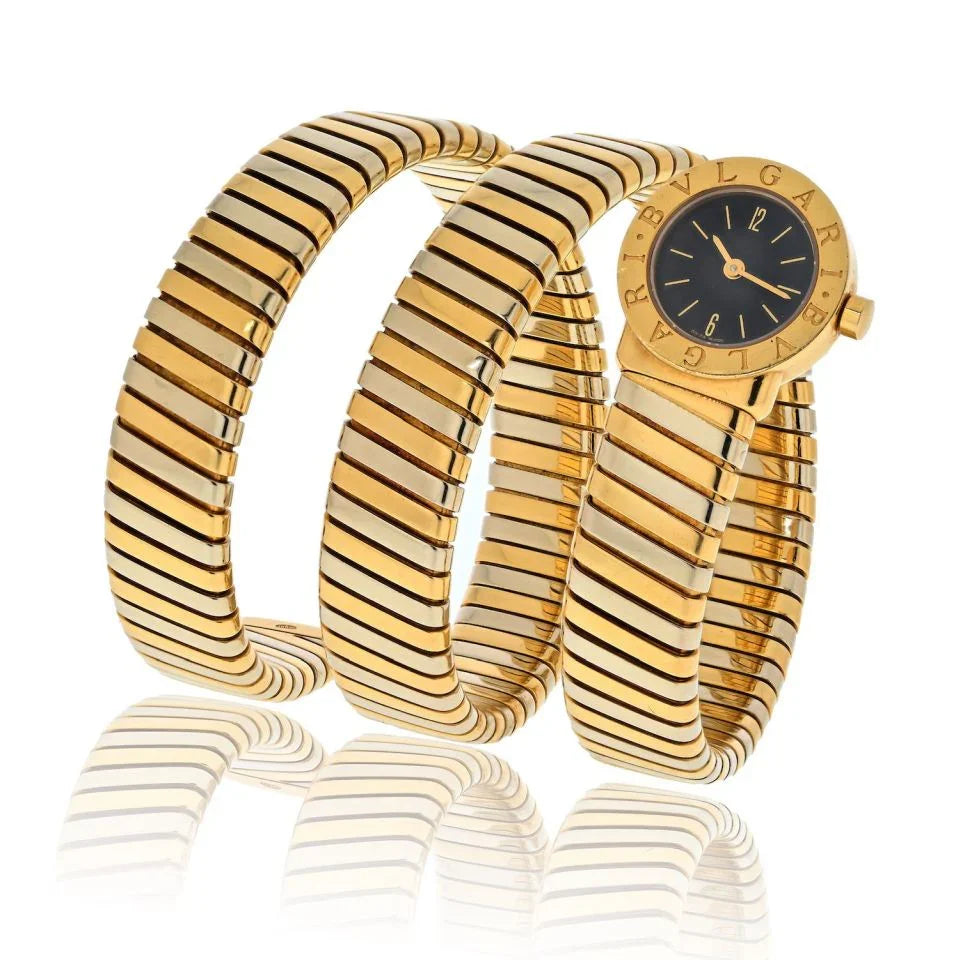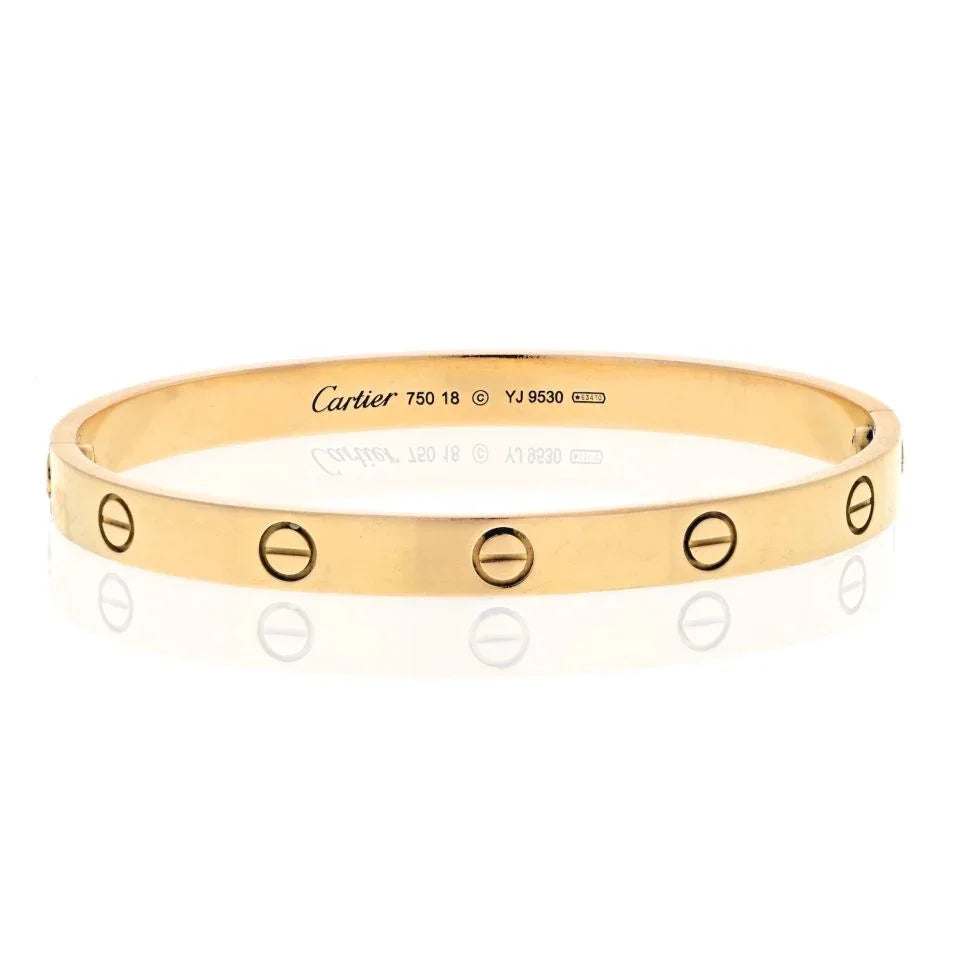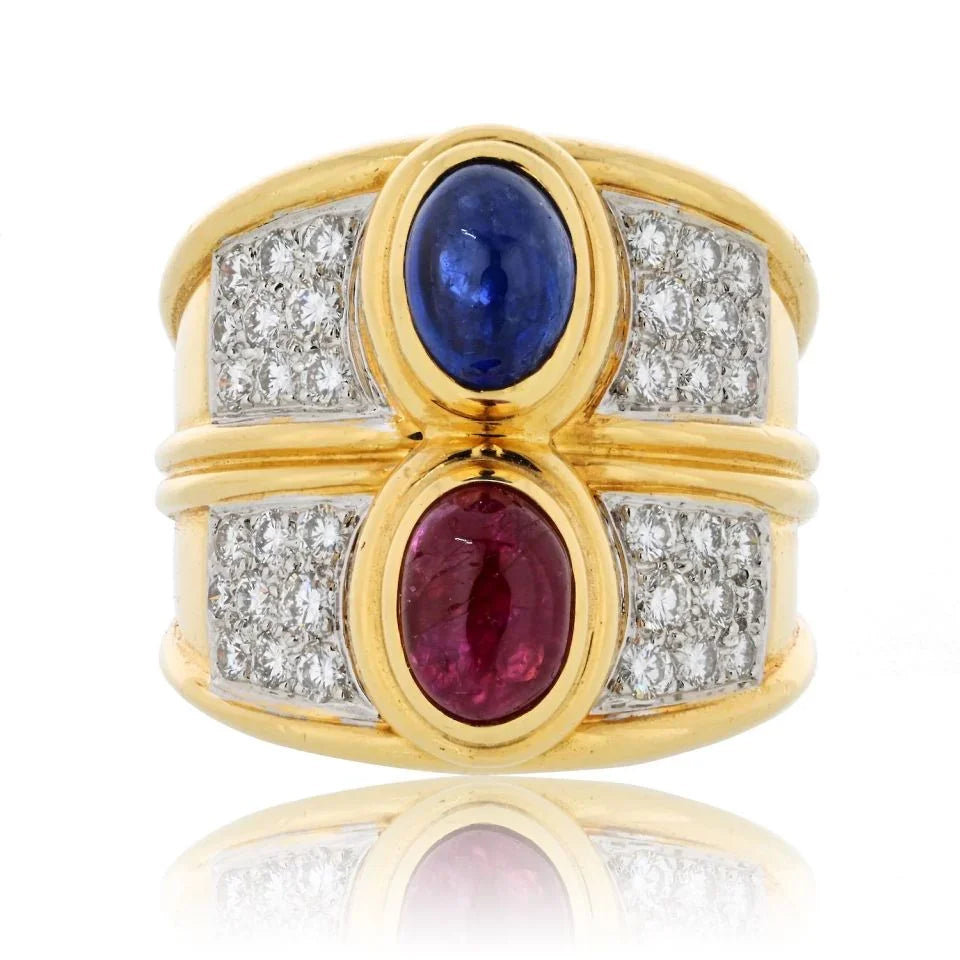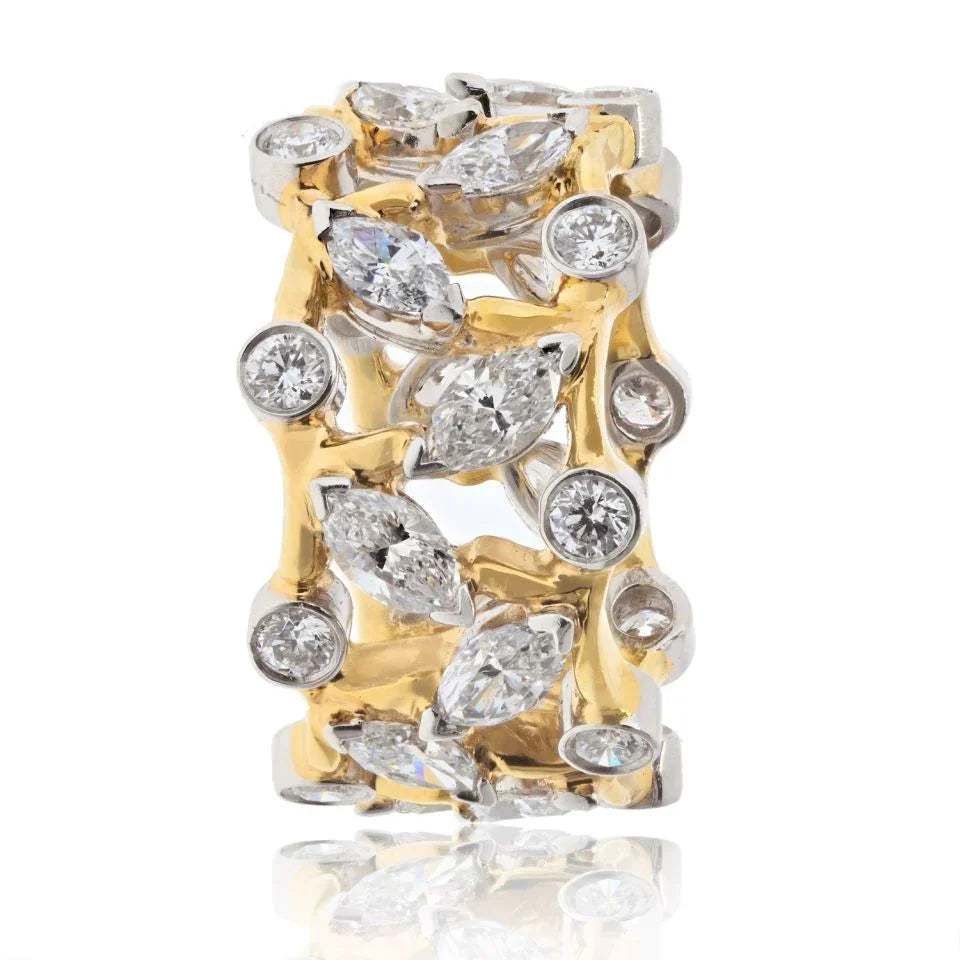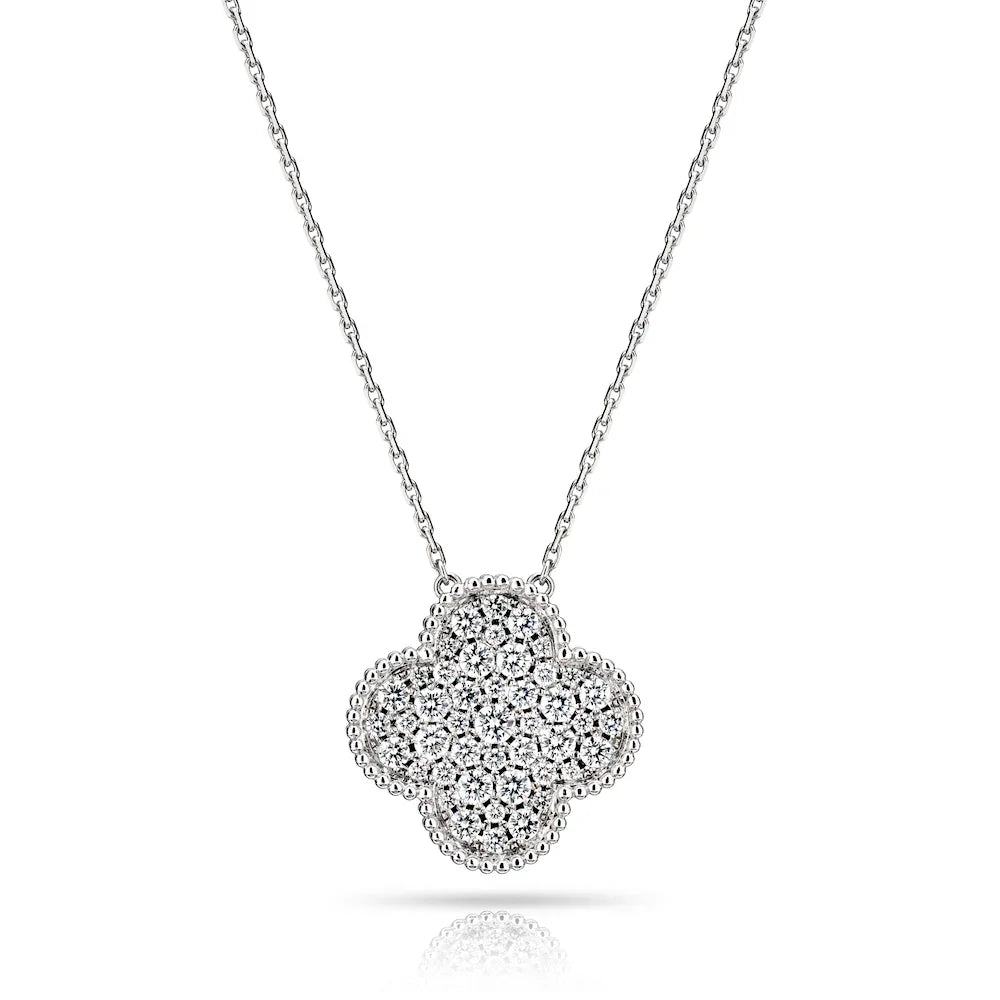This glossary provides definitions for terms you might encounter while browsing The Back Vault's exquisite collection of jewelry, diamonds, and precious metals.
A
- Appraisal: A professional evaluation of a piece of jewelry to determine its current market value.
- Assortment: A variety of similar items offered within a collection.
- Autunite: A rare uranium mineral sometimes used in decorative jewelry due to its vibrant green color. (Note: Due to its radioactivity and associated safety concerns, autunite is rarely utilized and is not featured in The Back Vault's collection.)
B
- Baguette Cut: A rectangular diamond or gemstone with a step-cut faceting pattern.
- Bail: The loop or clasp at the top of a pendant that attaches it to a chain.
- Birthstone: A gemstone traditionally associated with a person's birth month.
- Brilliance: The amount of light reflected from a diamond or gemstone's surface.
- Burnish: A polishing technique used to create a smooth, high-shine finish on metal surfaces.
C
- Carat (ct): A unit of weight used to measure diamonds, gemstones, and pearls. One carat equals 200 milligrams.
- Carat Weight (Diamond): Affects a diamond's size, value, and overall brilliance.
- Clarity: A diamond or gemstone's grade based on the presence or absence of internal inclusions (flaws) and external blemishes.
- Clasp: The mechanism used to secure a necklace, bracelet, or other piece of jewelry.
- Color (Diamond): Diamonds are graded on a scale from D (colorless) to Z (light yellow).
- Cut: The shape and proportions of a diamond or gemstone, which significantly impacts its brilliance and fire.
D
- Diamond: A naturally occurring, extremely hard mineral composed of pure carbon. Diamonds are prized for their brilliance and rarity.
- Dress Ring: A more elaborate and formal ring typically worn for special occasions.
- Drop Earrings: Earrings that dangle below the earlobe.
- Estate Jewelry: Pre-owned or vintage jewelry pieces, often with unique designs and historical significance.
E
- Engagement Ring: A ring traditionally presented as a symbol of commitment to marriage.
- Eternity Band: A ring featuring a continuous band of diamonds or gemstones, symbolizing everlasting love.
- Facet: A flat, polished surface on a diamond or gemstone created by cutting.
- Filigree: A delicate metalwork technique using fine threads or wires to create intricate designs.
- Fire: The dispersion of light into a rainbow of colors within a diamond or gemstone. Unlike brilliance, which measures the amount of white light reflected, fire specifically refers to the colored light dispersed. Both fire and brilliance are crucial in evaluating a diamond's visual appeal, as they contribute to its overall sparkle and perceived quality.
- Flush Setting: A setting where the gemstone sits level with the surrounding metal.
G
- Gemstone: A precious or semi-precious stone used in jewelry making.
- Gold: A soft, yellow precious metal prized for its beauty and malleability.
- Gold Karat (K): A measurement of gold purity. 24K is pure gold, while lower karats indicate a mix with other metals. Lower karats are more durable and less prone to scratching but may have a reduced gold content, affecting value and color.
- Gold Vermeil: Sterling silver plated with a thick layer of gold.
H
- Hallmark: A tiny inscription on a piece of jewelry indicating its metal content.
- Halo Ring: A ring featuring a center stone surrounded by a smaller ring of diamonds or gemstones.
- High Polish: A mirror-like finish on a piece of metal jewelry.
I
- Inclusion: Internal flaws or imperfections within a diamond or gemstone.
J
- Jumpring: A small, circular spring ring used to connect a clasp or charm to a chain or bracelet.
K
- Karat (K) (Gold): See "Gold Karat" above.
- Kite Cut: A diamond cut resembling a kite shape with elongated sides.
L
- Locket: A pendant that opens to reveal a compartment for photos or keepsakes.
- London Blue Topaz: A rare variety of topaz with a deep blue color.
M
- Marquise Cut: An elongated diamond cut with pointed ends resembling an eye shape.
- Melee: Small diamonds (generally less than 0.10 carats) used to create a sparkly effect.
- Milgrain: A decorative technique featuring tiny bead-like details along the edge of metalwork.
- Mohs Scale: A scale used to measure the hardness of minerals, with diamonds being the hardest (10) and talc being the softest (1). Hardness is crucial in jewelry as it determines a mineral's resistance to scratches and suitability for daily wear.
N
- Necklace: A piece of jewelry worn around the neck.
O
- Oval Cut: An elongated, rounded diamond or gemstone cut.
- Oxidation: A chemical reaction that occurs when metal is exposed to air or moisture, causing it to tarnish or darken.
P
- Pavé Setting: A setting where small diamonds or gemstones are closely set together, creating a paved or encrusted appearance.
- Pearl: A hard, lustrous spherical gem formed within the soft tissue of a living shelled mollusk.
- Platinum: A rare, dense, and durable precious metal with a naturally white color.
- Polish: The quality of the finish on a diamond or gemstone's facets, affecting its brilliance.
- Prong Setting: A setting where metal prongs hold a gemstone in place.
Q
- Quartz: A common mineral found in many varieties, some of which are used as gemstones (e.g., amethyst, citrine). Quartz is popular in jewelry due to its durability, affordability, and wide range of colors and patterns.
R
- Radiant Cut: A diamond cut that combines the brilliance of a round cut with the shape of an emerald cut.
- Ring: A circular band worn on a finger.
- Rose Gold: A gold alloy with copper, giving it a pinkish or reddish hue.
- Round Brilliant Cut: The most popular diamond cut, designed to maximize brilliance.
S
- Sapphire: A precious gemstone belonging to the corundum family, known for its blue color but also found in other colors.
- Setting: The metal framework that holds a gemstone in place.
- Shoulder (of a Ring): The part of the ring shank that extends from the head (where the stone is set) down to the band.
- Solitaire: A piece of jewelry featuring a single gemstone, typically a diamond.
- Sterling Silver: An alloy of silver containing 92.5% pure silver and 7.5% other metals, usually copper.
- Stone: A general term for a gemstone or mineral used in jewelry.
T
- Tarnish: Discoloration of metal caused by oxidation or other chemical reactions.
- Tension Setting: A setting where a gemstone is held in place by pressure between two pieces of metal.
- Topaz: A gemstone available in various colors, including blue, yellow, and pink.
- Trillion Cut: A triangular-shaped diamond or gemstone cut.
U
- Undergallery: The area beneath the setting of a ring, often featuring intricate details.
V
- Vintage Jewelry: Jewelry pieces from a previous era, typically at least 20-50 years old. Popular vintage styles include Art Deco designs from the 1920s, Retro pieces from the 1940s, and Mid-Century Modern creations from the 1950s and 1960s.
W
- White Gold: A gold alloy that is whitened by adding other metals like palladium or nickel and often plated with rhodium. White gold typically requires regular maintenance, such as periodic rhodium re-plating, to maintain its bright, white appearance.
X
- (Difficult to find a common jewelry term starting with X. Could include X-Ray Fluorescence (XRF) which is a technique used for metal analysis in gemology, but this may be too technical for a customer-facing glossary.)
Y
- Yellow Gold: The most traditional color of gold, referring to gold in its natural yellow hue or with a high gold content.
Z
- Zircon: A natural gemstone that can be found in various colors, including colorless, blue, and brown. (Note: Do not confuse with cubic zirconia, which is a synthetic gemstone.)

